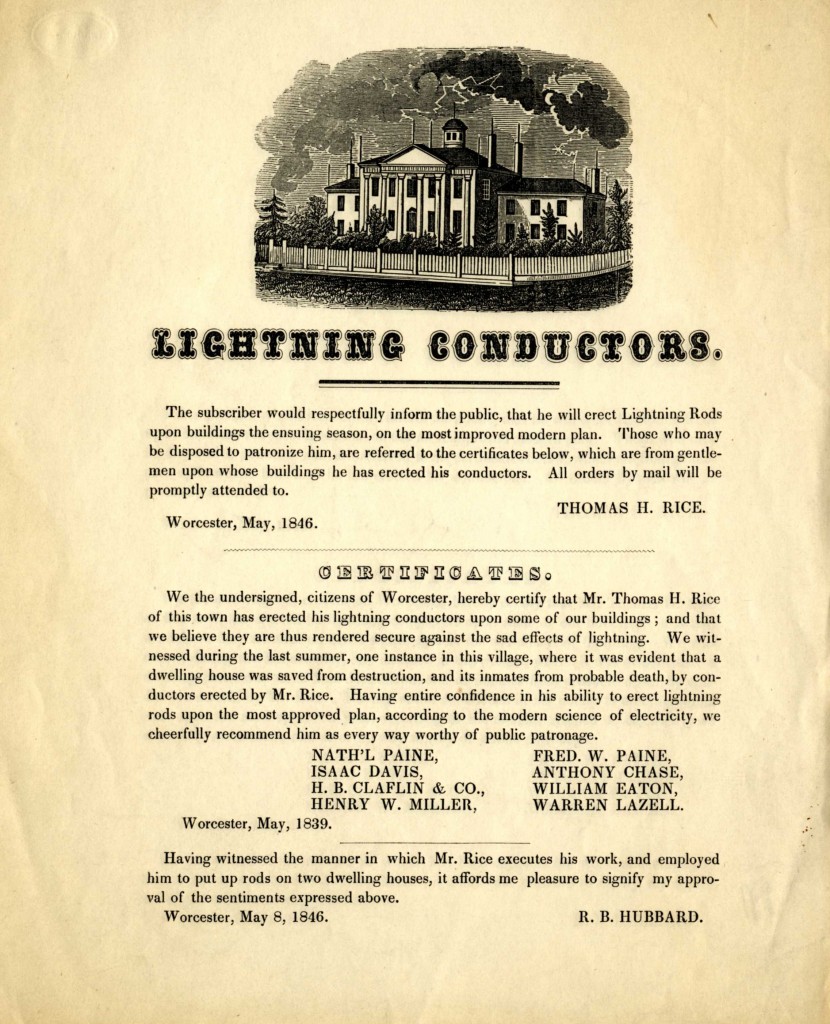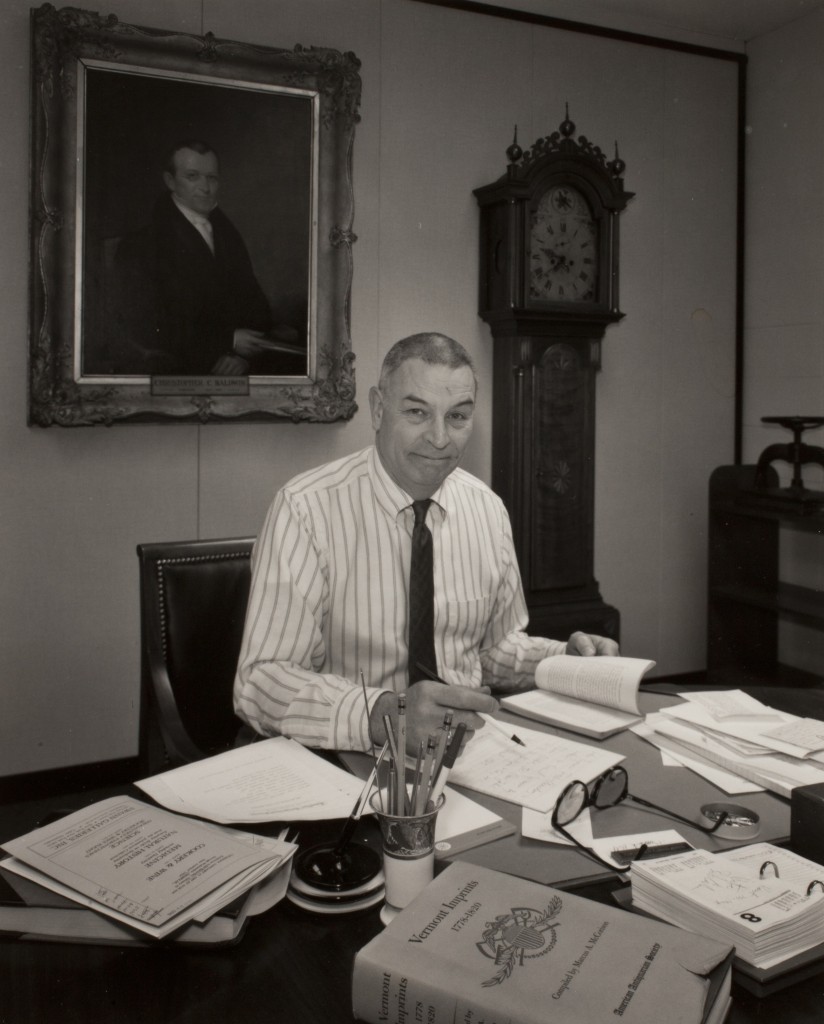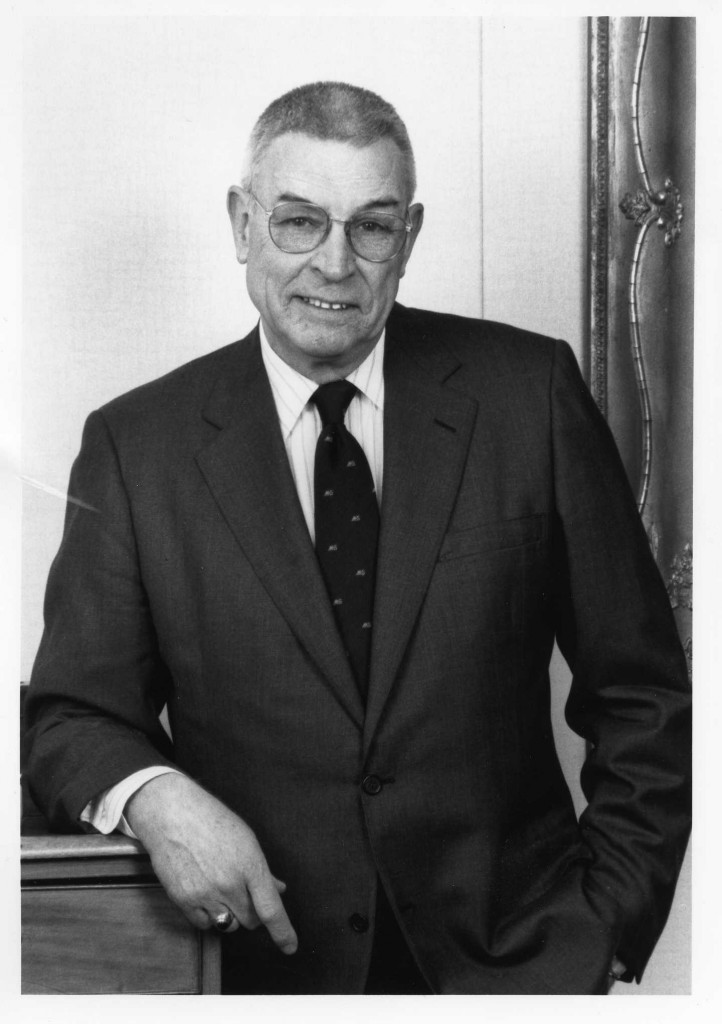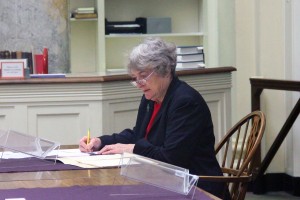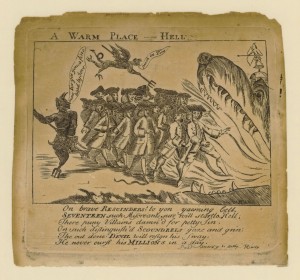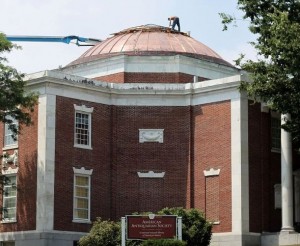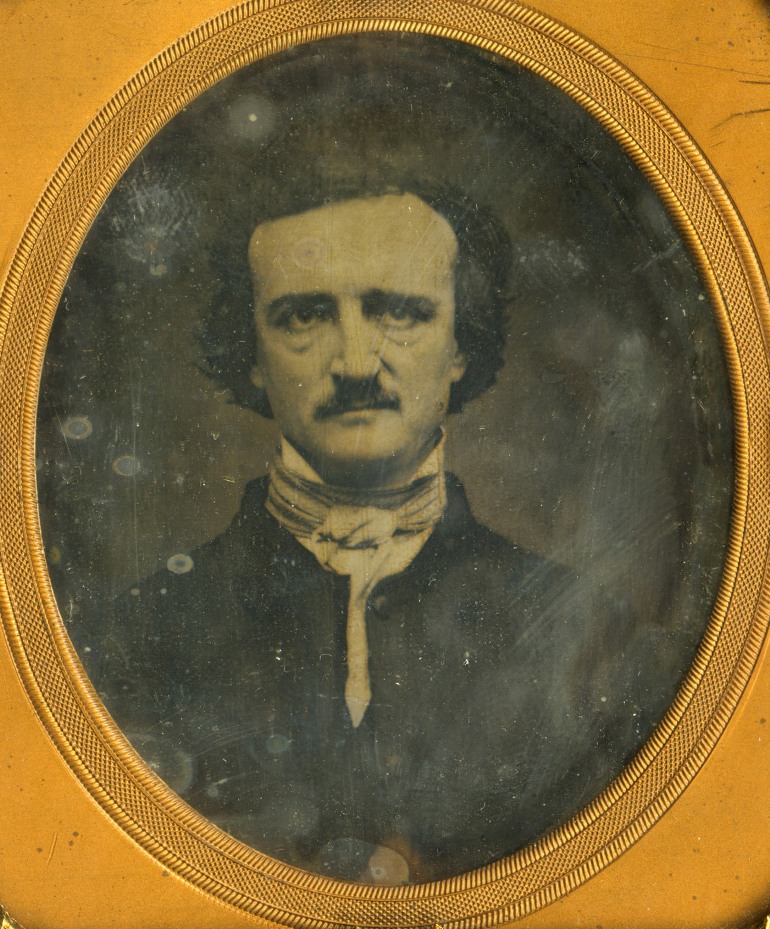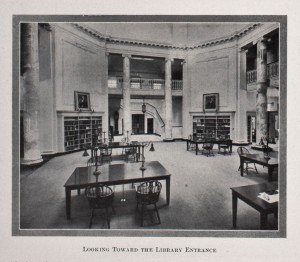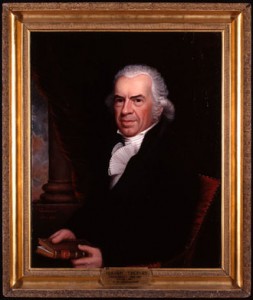
A lot of the Society's staff travels for work. We are a national organization and we collect material from all across the fifty states and Canada. Curators travel to conferences and to visit collectors, catalogers move about for training and to stay up to date with the latest methods, managers visit members, foundations, granting agencies, ...


